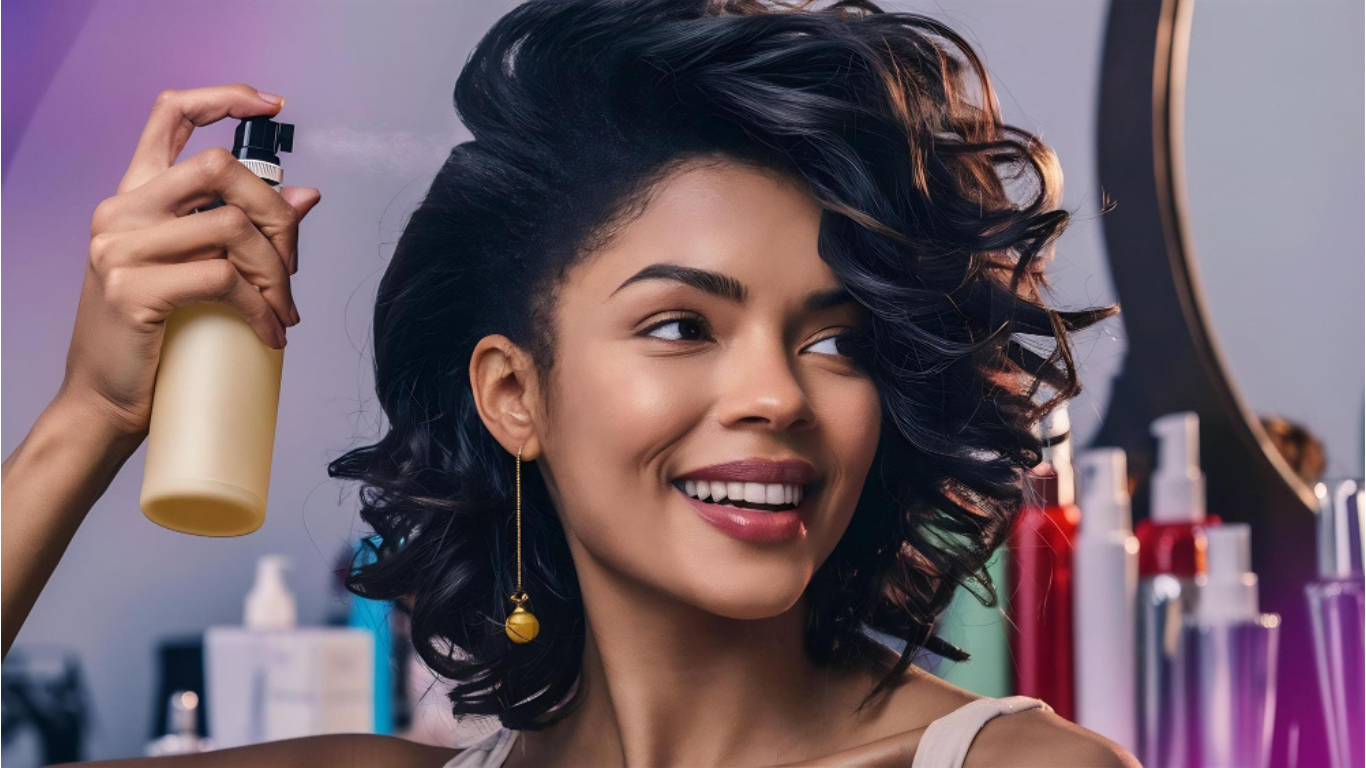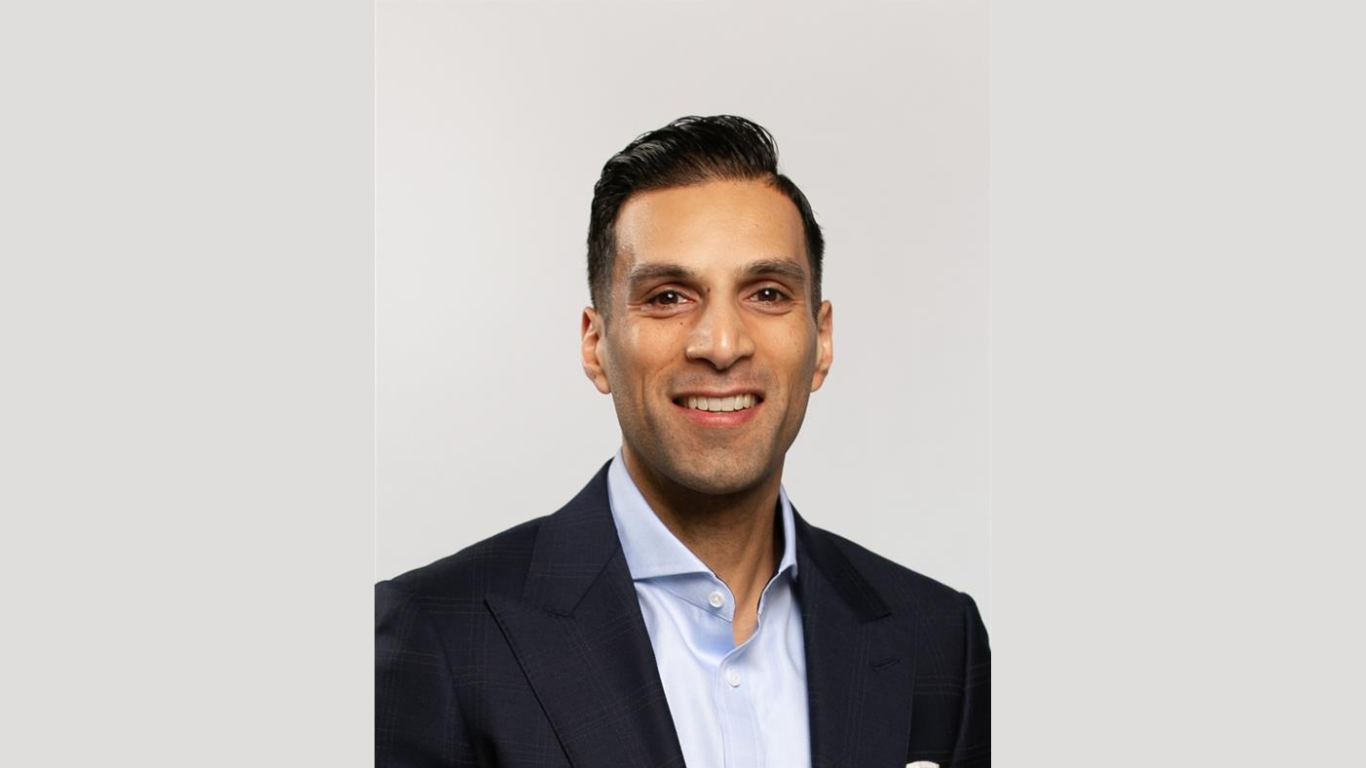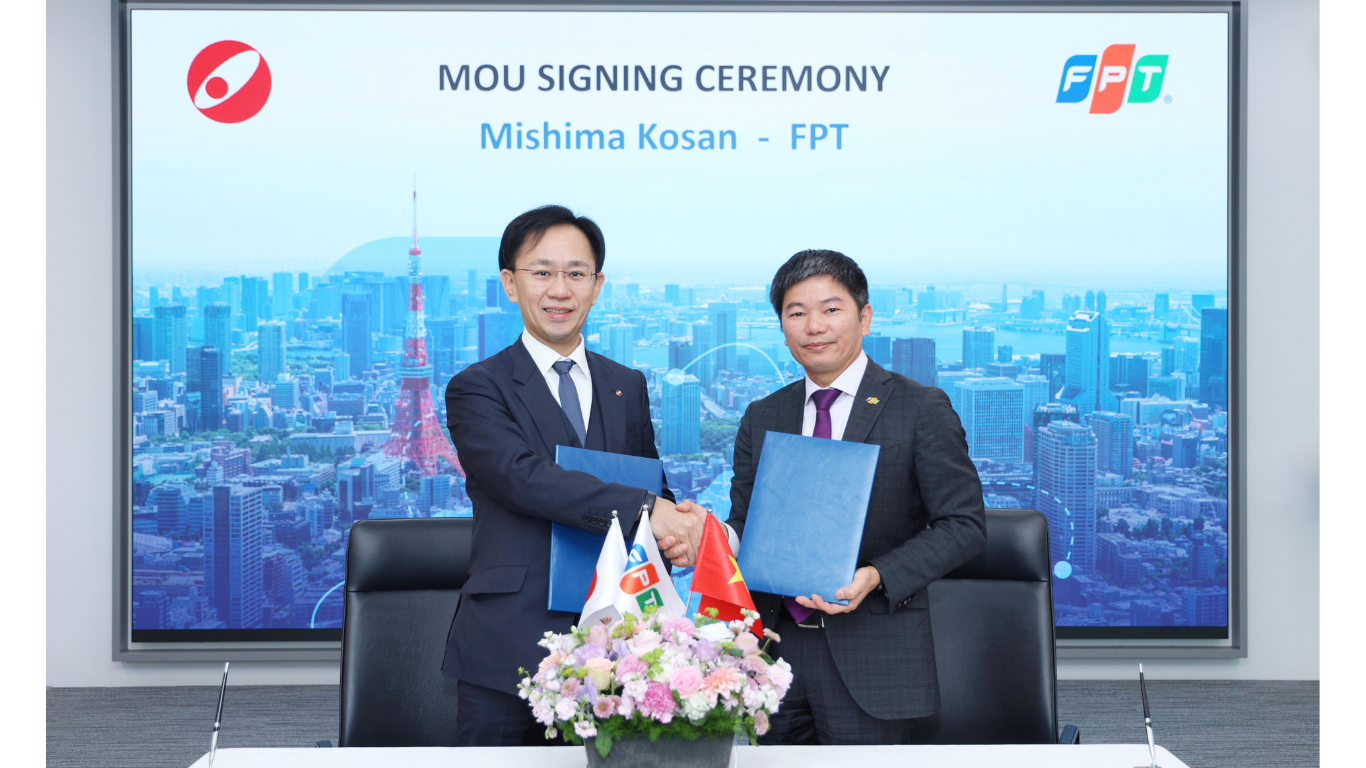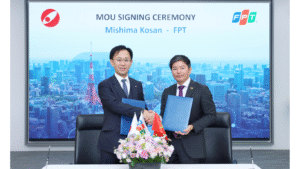Multicultural consumers represent one of the most influential segments in today’s beauty industry, but their unique hair care needs have been historically overlooked. For years, product offerings often failed to address the diverse textures, styling routines, and cultural significance embedded in multicultural hair care. However, now that their visibility has increased and their spending power has only grown, multicultural consumers are shaping trends and demanding more.
Consumers in this segment of the market are calling for tailored products, more cultural relevance, and more meaningful representation in their beauty experiences. For brands seeking long-term growth and relevance, entering the multicultural hair care market with an approach of authenticity and innovation is essential to making an impact with this massive demographic.
Innovative Strategies for Reaching Multicultural Audiences
All that being said, the multicultural hair care market presents distinct challenges that require more than broad-stroke solutions. With hair textures, styling practices, and ingredient expectations varying widely across this segment, brands should implement targeted strategies to meet a multicultural consumer’s diverse needs with credibility and impact, like the following:
1) Inclusive Product Development
Serving the multicultural hair care market requires brands to rethink who they design for—and how. Traditional development processes often treat multicultural consumers as an afterthought, resulting in products that fail to meet their specific requirements.
Today, many brands are adopting inclusive product development practices to create solutions that reflect a wider spectrum of hair types, concerns, and routines. One approach is to include a range of hair textures, densities, and scalp conditions in their testing panels to expand product efficacy across diverse users. This way, performance claims are grounded in real-world usage, and final formulations are more likely to meet the expectations of a broader consumer base.
2) Advanced Product Formulations
Multicultural consumers often have distinct hair care priorities, such as moisture retention, strength, manageability, and long-term scalp health. Standard formulations frequently fall short of delivering on these expectations, prompting brands to develop more targeted, high-performance solutions.
For instance, many hair care brands are incorporating natural hair conditioning active ingredients that address the unique needs of different hair types. This focus on formulation integrity not only improves product performance but also builds trust with consumers who are highly attuned to what goes into their hair care routines.
3) Improved Distribution and Accessibility
No matter how well-formulated a hair care product is, it won’t succeed if consumers can’t find it. Even as the category grows, many multicultural consumers continue to face limited access to hair care products that meet their needs.
Inadequate retail placement, regional inconsistencies, and understocked inventory are often persistent barriers to purchase. To address these challenges, brands are expanding into a mix of retail channels, from mass-market retailers and beauty supply stores to e-commerce platforms that allow for broader reach and personalization. This strategy ensures that multicultural hair care products are easy to find and consistently available, which is essential for building trust and capturing everyday demand.
4) Localized and Community-Based Marketing
While broad advertising can raise awareness, it often lacks the cultural specificity needed to drive real engagement. Multicultural consumers respond more strongly to marketing that reflects their lived experiences and speaks directly to their communities. Knowing that, brands are more frequently turning to local partnerships with salons, stylists, and cultural organizations, as well as sponsoring events that resonate with specific communities, in order to build strong connections with their target audience.
These hyperlocal efforts offer opportunities for direct interaction and product education, enabling brands to build credibility through trusted voices. Additionally, brands that invest their time and presence at the community level signal long-term commitment, and this visibility can transform one-time buyers into loyal advocates.
The Future of the Multicultural Hair Care Market: What to Expect
The multicultural hair care market isn’t only growing, but rapidly evolving. With consumer expectations continuing to rise, brands must stay ahead of emerging trends that are reshaping the industry. One of the most significant developments is the rise of tech-enabled hair care solutions. Digital tools are beginning to play a larger role in the way consumers understand and manage their hair needs. From AI-powered consultations to personalized product recommendations based on hair type, lifestyle, and climate, technology is quickly closing the gap between consumers and effective solutions.
At the same time, multicultural hair trends are gaining traction well beyond their original markets. As beauty standards diversify globally, the demand for products that support curly, coily, wavy, and blended hair types is increasing in regions where such needs were once underserved. This growing international interest is pushing brands to think globally while still formulating with cultural nuance. As a result, multicultural hair care is becoming a central driver of beauty innovation worldwide.
Such a shift in global interest also comes with greater consumer scrutiny and regulatory attention. Today’s buyers are more informed and more selective about what they put on their hair and scalp, and as such, they’re holding brands to higher expectations of safety and accountability. Clean beauty standards—once a fringe concern—are now front and center, particularly in multicultural hair care, where harsh ingredients have historically been overused. This has prompted regulatory bodies to step up oversight, and in response, brands are adapting with increased transparency around formulations, testing, and ingredient sourcing.
The growing influence of multicultural consumers is reshaping the hair care industry in lasting ways. Its impact not only challenges long-lasting norms but also expands the definition of hair care itself. Knowing that expectations have definitely risen, brands must respond with a genuine commitment to service a more diverse world—and how they approach that responsibility will define their relevance in the years to come.
Article received via mail






























